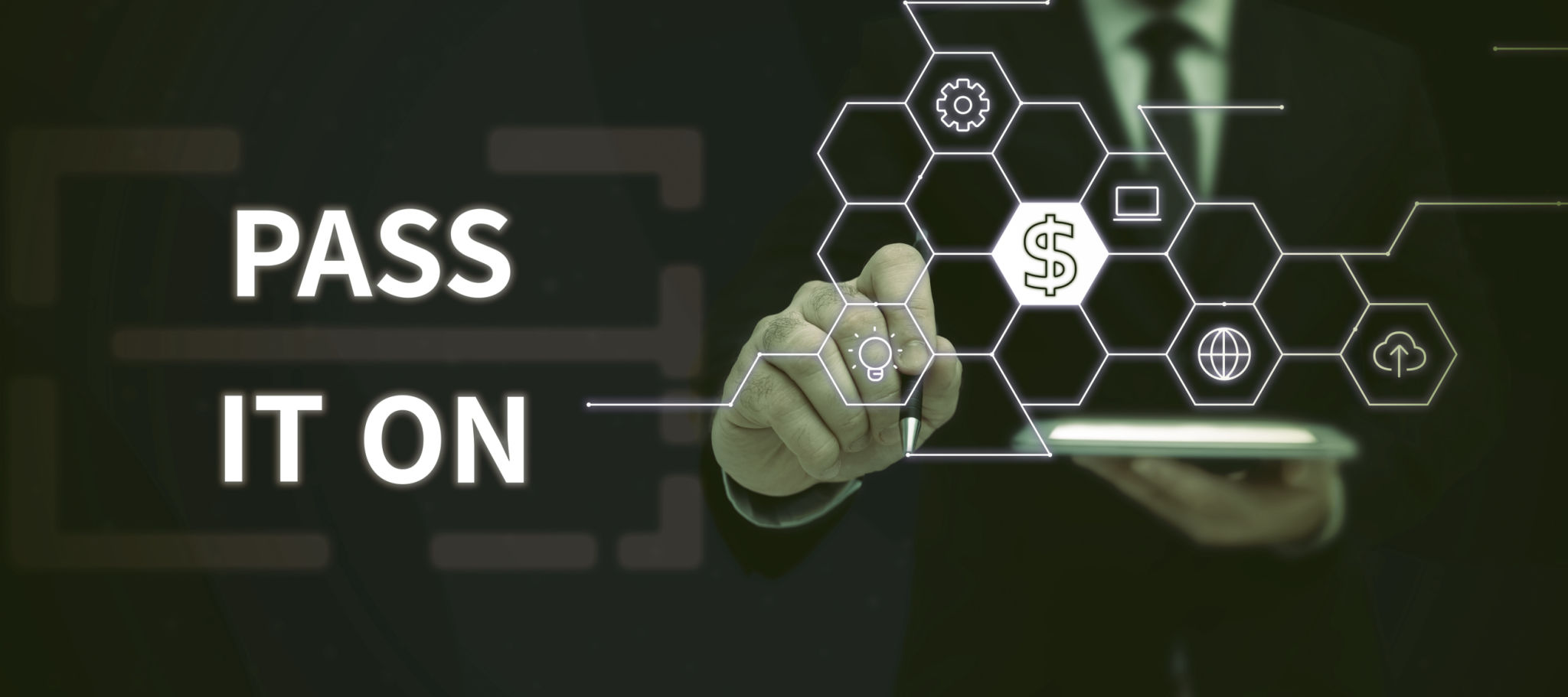A Beginner's Guide to Tokenisation: Everything You Need to Know
AF
Understanding Tokenisation
Tokenisation is a process that transforms a meaningful piece of data, such as a credit card number, into a random string of characters called a token. These tokens are then used in place of the actual data, enhancing security by reducing the risk of sensitive information being exposed during transactions. As a beginner, understanding the significance of tokenisation can be crucial for protecting personal and business data.

How Tokenisation Works
The process of tokenisation involves replacing sensitive data with a non-sensitive equivalent that has no exploitable value. This transformation is done using algorithms that ensure tokens cannot be reverse-engineered to reveal the original data. Unlike encryption, which uses reversible mathematical functions, tokenisation stores the relationship between the token and the original data in a secure database known as a token vault.
Here's a simple breakdown of how it works:
- Data is collected and sent to a tokenisation system.
- The system generates a token that replaces the sensitive data.
- The original data is securely stored in a token vault.
- The token is used in place of the original data for transactions.
Benefits of Tokenisation
One of the main benefits of tokenisation is enhanced security. By removing sensitive data from transactions and storing it securely, businesses can significantly reduce the risk of data breaches. Additionally, tokenisation can help in achieving compliance with regulations such as PCI DSS, which mandates the protection of cardholder information.

Another advantage is the simplification of data management. Since tokens replace sensitive data, businesses can process transactions without having to store or handle the actual data, reducing the complexity and cost associated with data management.
Applications of Tokenisation
Tokenisation is widely used across various industries. In finance, it's employed to secure credit card transactions. E-commerce platforms use tokenisation to protect customer information during online purchases. Healthcare providers also benefit by safeguarding patient data, ensuring compliance with regulations like HIPAA.

Challenges and Considerations
While tokenisation offers numerous benefits, it is not without challenges. Implementing a tokenisation system requires careful planning and investment. Businesses must ensure their token vaults are highly secure and that there is seamless integration with existing systems. Additionally, tokenisation must be used as part of a broader security strategy, as it doesn't protect against all types of cyber threats.
When considering tokenisation, businesses should evaluate their specific needs and choose a solution that fits their operational requirements. This may involve working with a trusted provider who can offer expertise and support throughout the implementation process.
Conclusion
Tokenisation is a powerful tool for enhancing data security and compliance. By understanding its workings, benefits, and applications, businesses and individuals can make informed decisions about incorporating it into their security strategies. As technology continues to evolve, tokenisation will remain a vital component in the protection of sensitive information.
